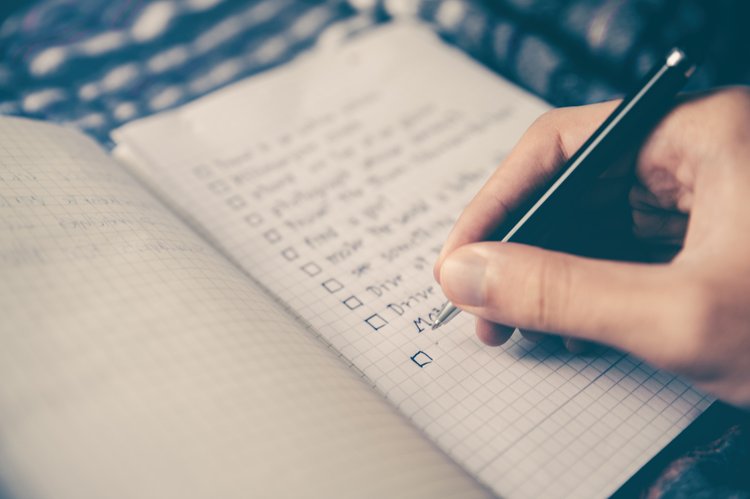Connect with me!
Tell me the number one thing that you want to understand about your pain?

I Have a Specific Interest in Pacing
You may have noticed, if you’ve been following along with my education, that I have a specific interest in pacing activity and energy management. The reason for this particular interest, stems from both personal experience and professional observations with women that I worked with clinically in the past.
In my early adult years (who am I kidding, during MOST of my adult years), I pushed too hard. I pushed through physical symptoms and signs from my body of all kinds: difficulty breathing, joint pain, muscle pain, fatigue, and headaches. I also pushed through emotional symptoms. For me, I can feel the emotional buildup in really physical way - literally starting at my feet, and building up my body. When those symptoms feel like they have moved all of the way up my body, there’s usually some sort of emotional release in the form of sadness, anger, frustration, or exasperation.
I had a habit of pushing too hard for too long. I often ignored my stress levels. My body’s stress response never got a chance to turn off. My stress response never got the message “I am safe now” so that it could turn off and complete its cycle.
Why did I push through? Why was pacing and managing my energy so hard for me, even with the negative consequences staring me in the face? My personality and some traits that were rather unhelpful at times: people pleasing, perfectionism, to keep up, seeking sense of accomplishment, and determination to complete a task no matter what. Add a nice thick layer of life stress on top, and I had myself a nasty little problem here.
As they say, though, what goes up, must come down. I would push and push. And even when I couldn’t, I would push some more. Then, when I crashed, I would avoid, rest, retreat inside myself, come out refreshed, and push through all over again.
Here’s the problem of doing this when you have chronic pain. You not only flare-up physically and emotionally in a general way and keep your stress hormones active without a break, but you also flare up your pain. Without the proper education, pain flare-ups can be scary, worrisome, and for many, an indication that “something is really wrong this time”.
This is a vicious cycle, as you know. Because as flare-ups continue, they happen more frequently, more intensely. The worse you feel, the less you do, the more grief you experience, the more you withdraw, leading ultimately to more distress and more pain.
When flare-ups occur in a traditional western medical environment, we go back to the doctor in search of a new diagnosis or new medical treatments. We may seek these things despite having discovered and tried them before with poor results.
When you reach your physical limit, your emotional limit, and the limit of the treatment options available to you, at some point you realize that most of what move you in a direction away from pain has everything to do with… YOU. Most of it comes down to you. The messages you communicate to your brain, the opportunities you give your body, the interventions for safety that you provide for your nervous system, the education you seek (because it won’t automatically be provided to you.
This leads me to pacing. It’s easy to think we know how to pace: have a smaller to-do list, be okay with less, take breaks, not that hard right? Because we still HAVE to get things done and stay as active as possible while managing our pain.
You want to truly live your life. I did too. I had to learn that this was not just about physical therapy, medications, and “self-care”. We have to reformulate how we are thinking about our days, weeks, and months, and managing our body’s energy. In my clinical experience, learning how to properly pace is a GAME CHANGER. A 100% game changer. I am convinced that if everyone with chronic pain, no scratch that, any chronic condition learned how to properly pace, we would see much less pain in the world (and maybe a change in this culture of running a race we didn’t really sign up for).
Education provides the power to take the next step in managing your pain. You want to do the things you enjoy (or even basic daily activities) without flaring up your pain. For a limited time, you can grab my free video tutorial to get you started:
3 Simple Steps to a Balanced Day... Without the Flare-Ups.
This free video tutorial is dedicated to helping women with pain begin to find confidence to return to the moments, activities, and people they love the most.
CAN FEMALES HANDLE MORE PAINCAN MENOPAUSE CAUSE PAINBACK PAINCHRONIC PAIN CYCLECHRONIC PAINCHRONIC PAIN HELPCHRONIC PAIN JOINTSCHRONIC PAIN MANAGEMENTCHRONIC PAIN DEFINITIONCHRONIC PAIN RELIEFCHRONIC PAIN RESOURCESCHRONIC PAIN SUPPORTCHRONIC PAIN NECK AND BACKCHRONIC PELVIC PAINCHRONIC PAIN SYNDROMECOPING WITH CHRONIC PAINCHRONIC PAIN SYMPTOMSIS CHRONIC PAIN PSYCHOLOGICALLIVING WITH CHRONIC PAINDEALING WITH CHRONIC PAINWHEN CHRONIC PAIN BECOMES TOO MUCHNECK PAINWOMAN CHRONIC PAINWOMEN AND CHRONIC PAINWOMENS CHRONIC PAINWOMENS CHRONIC PELVIC PAINALL IN YOUR HEADEXPLAIN PAINHEALING JOURNEYITS NOT ALL IN YOUR HEADFIBROMYALGIAMENOPAUSEWOMENEMPOWERMENTWOMANHORMONESCRPSCENTRALSENSITIZATION
© 2024 | Anna Redmond, LLC | drannaredmond.com
